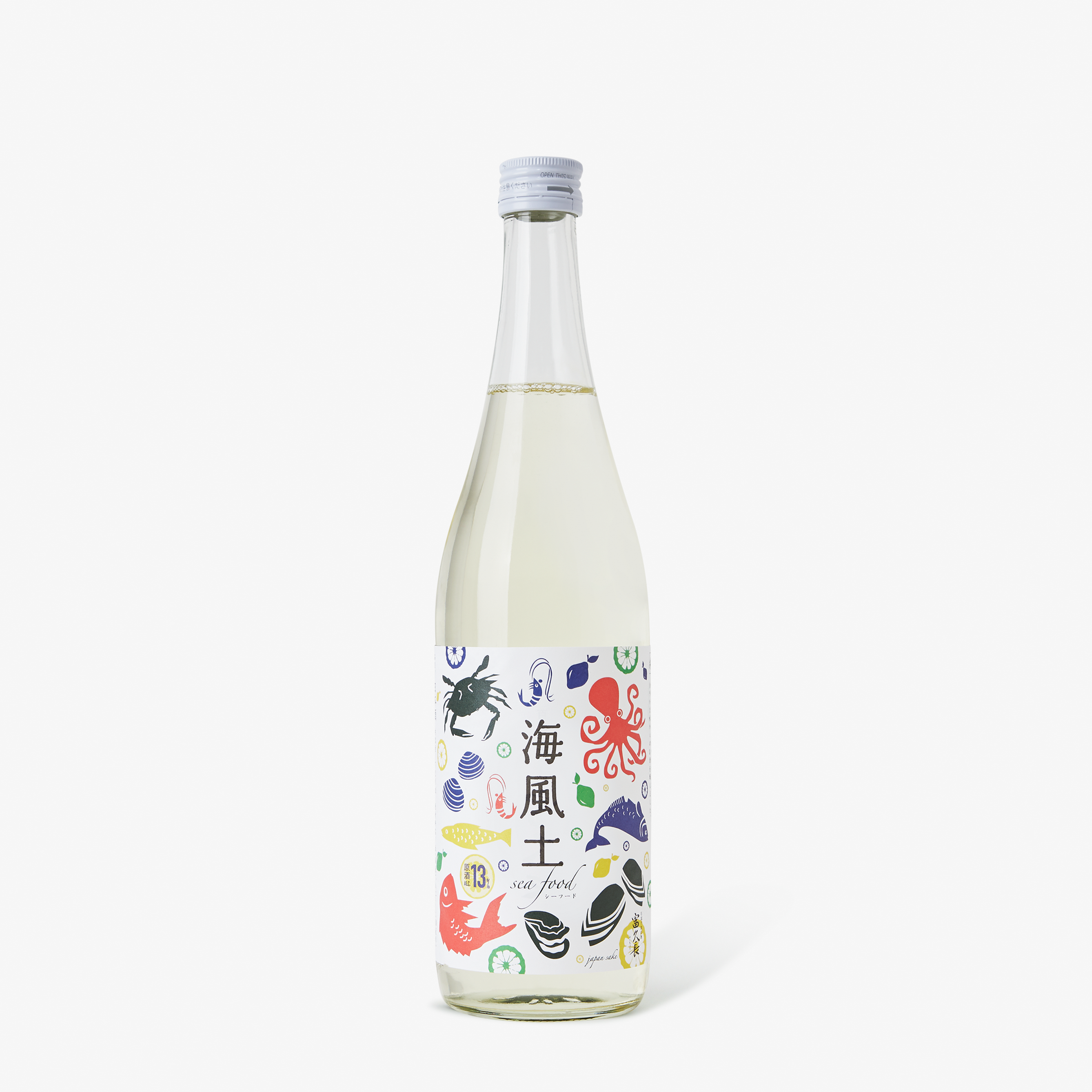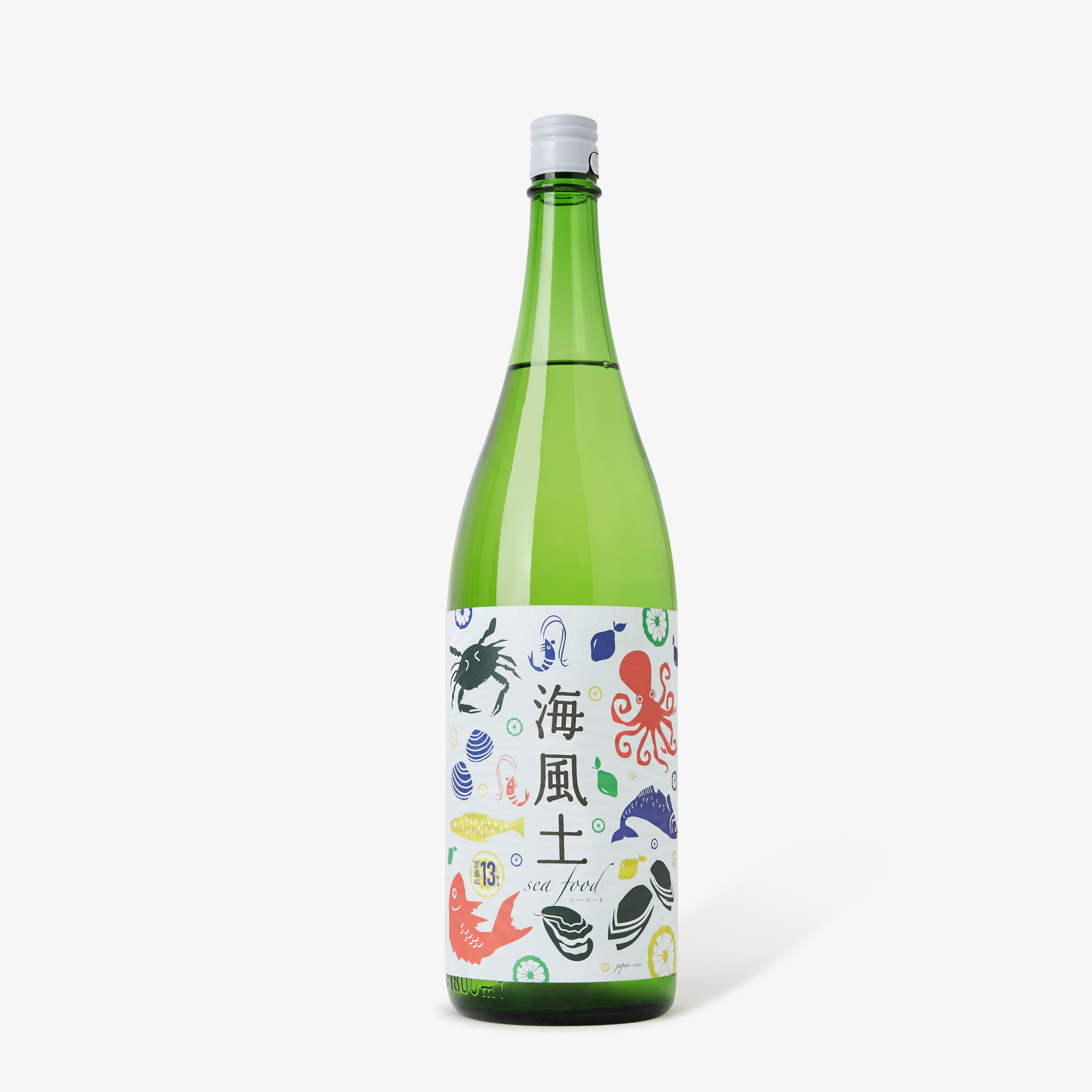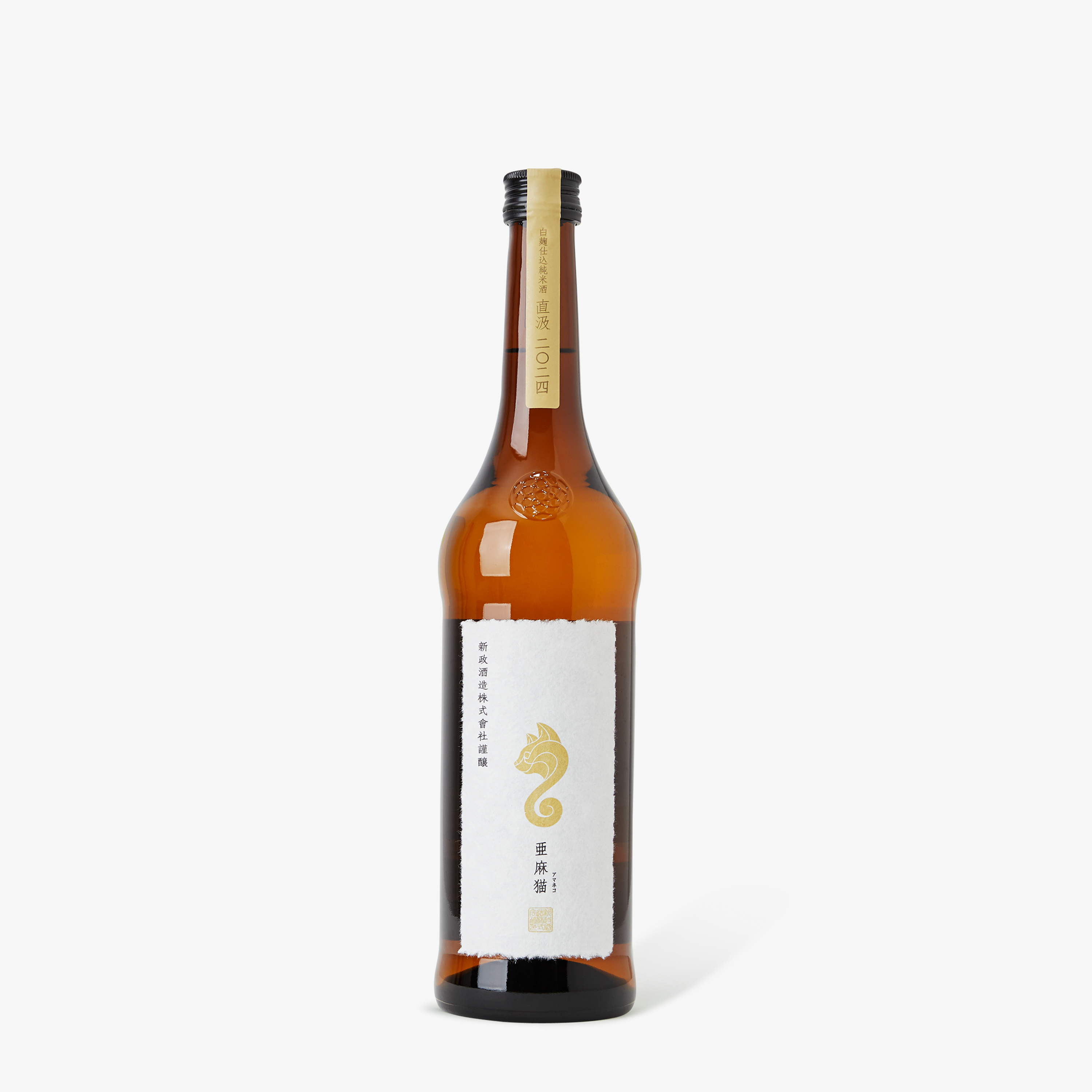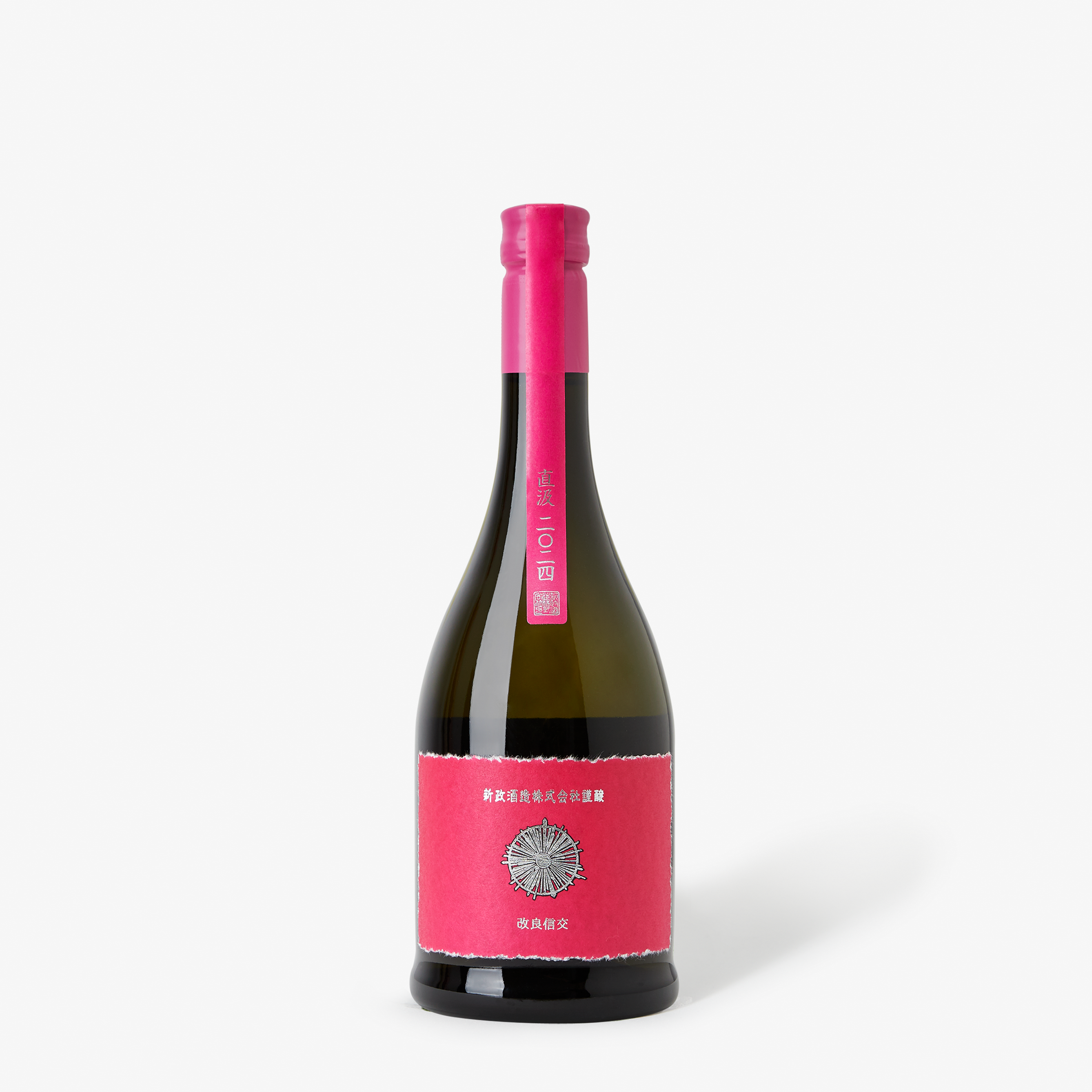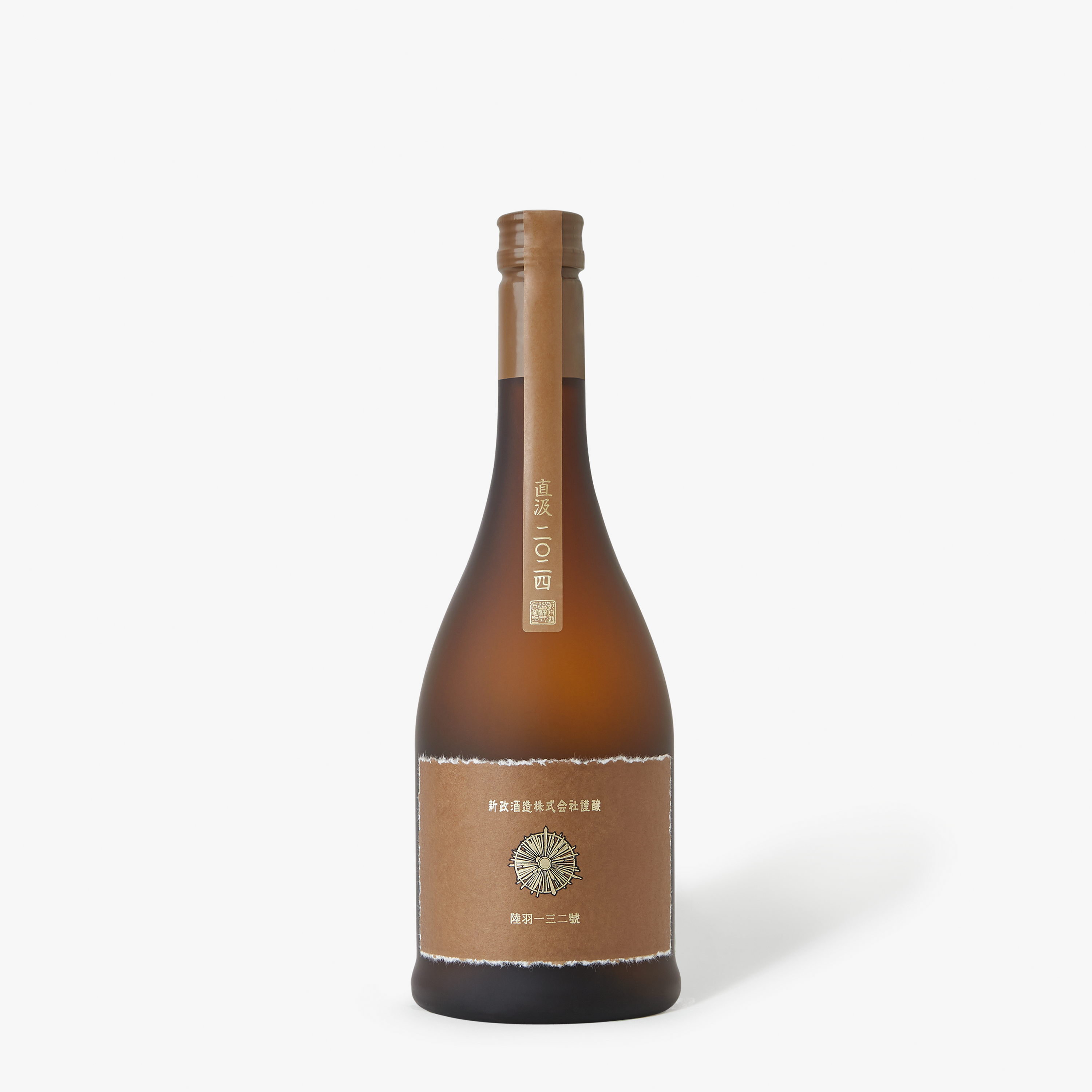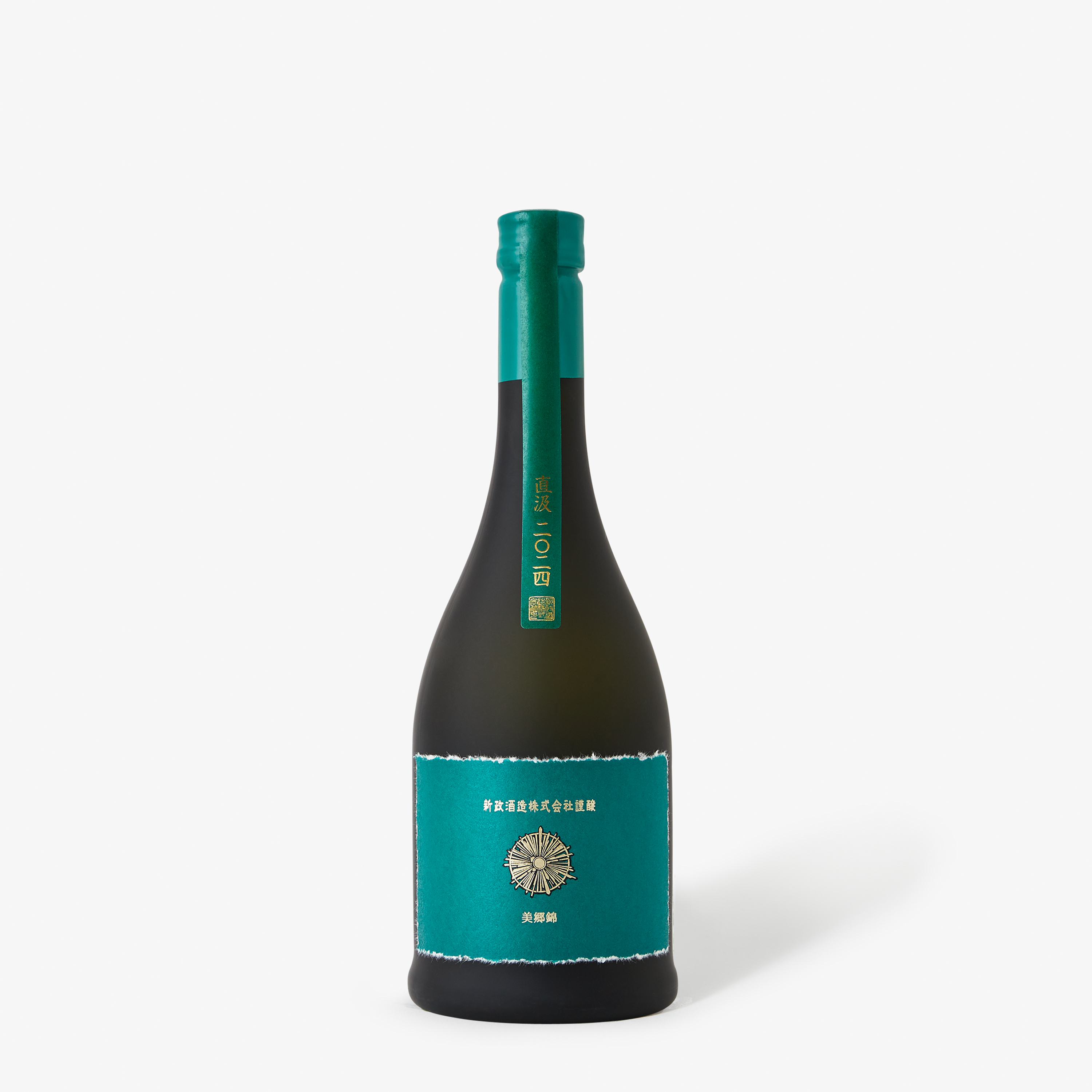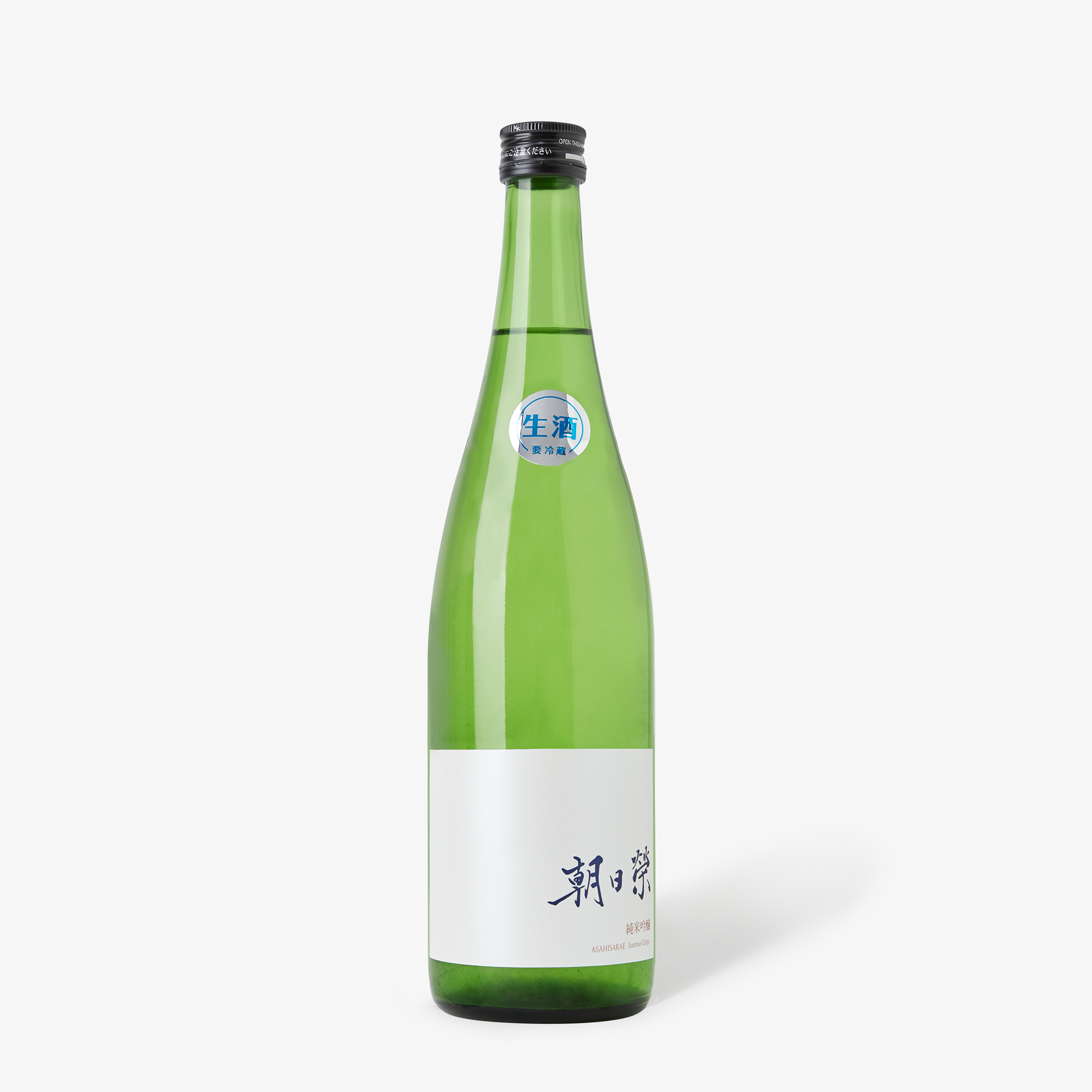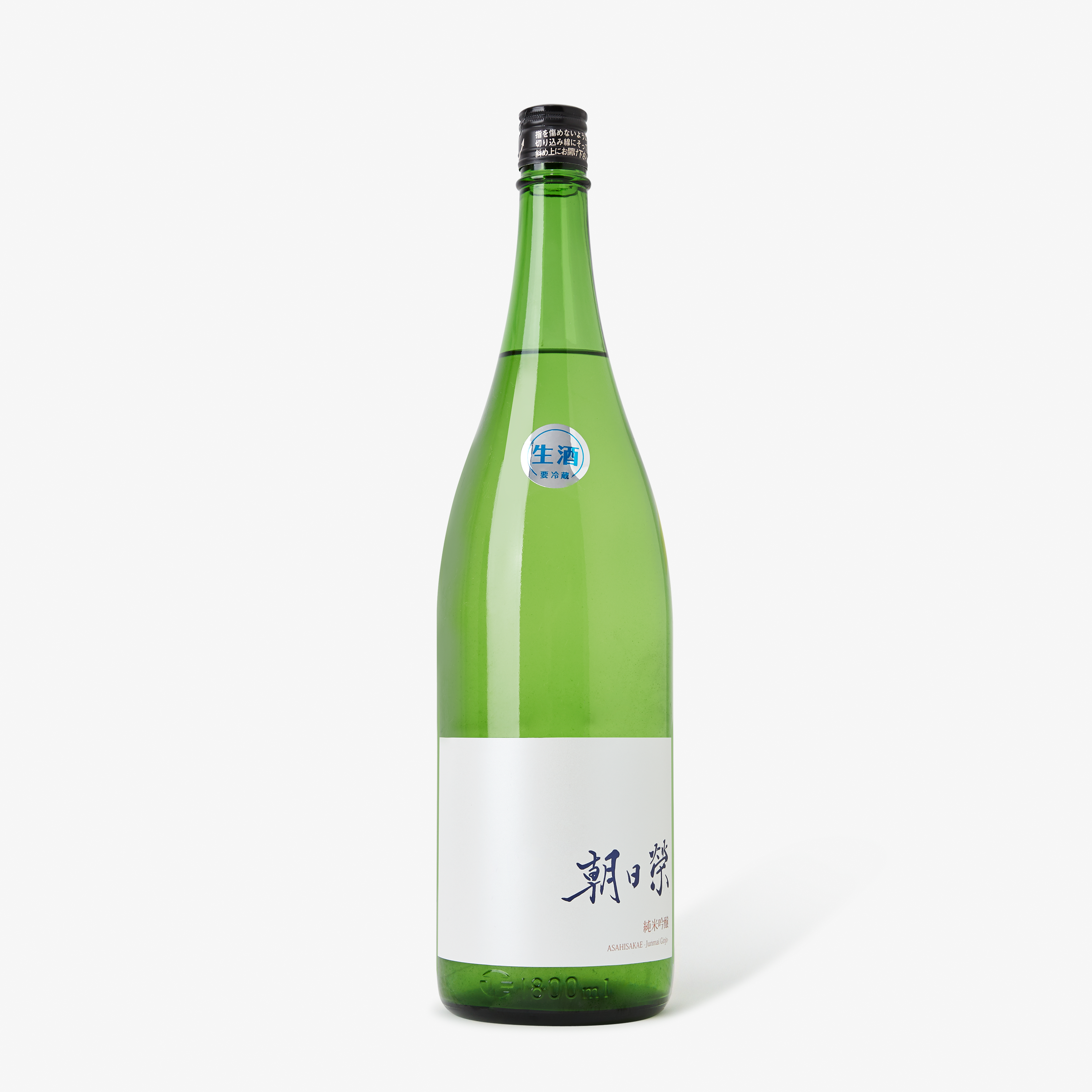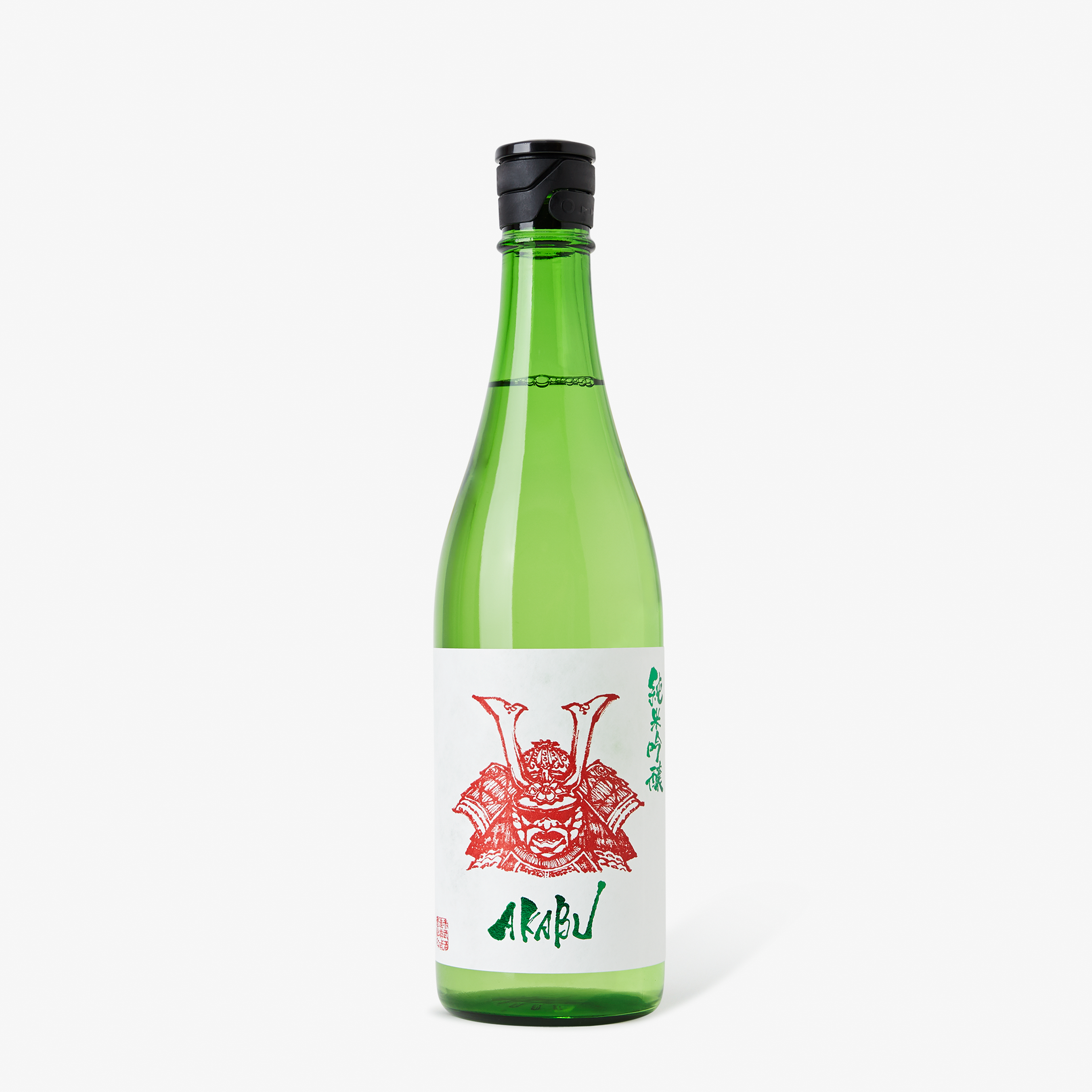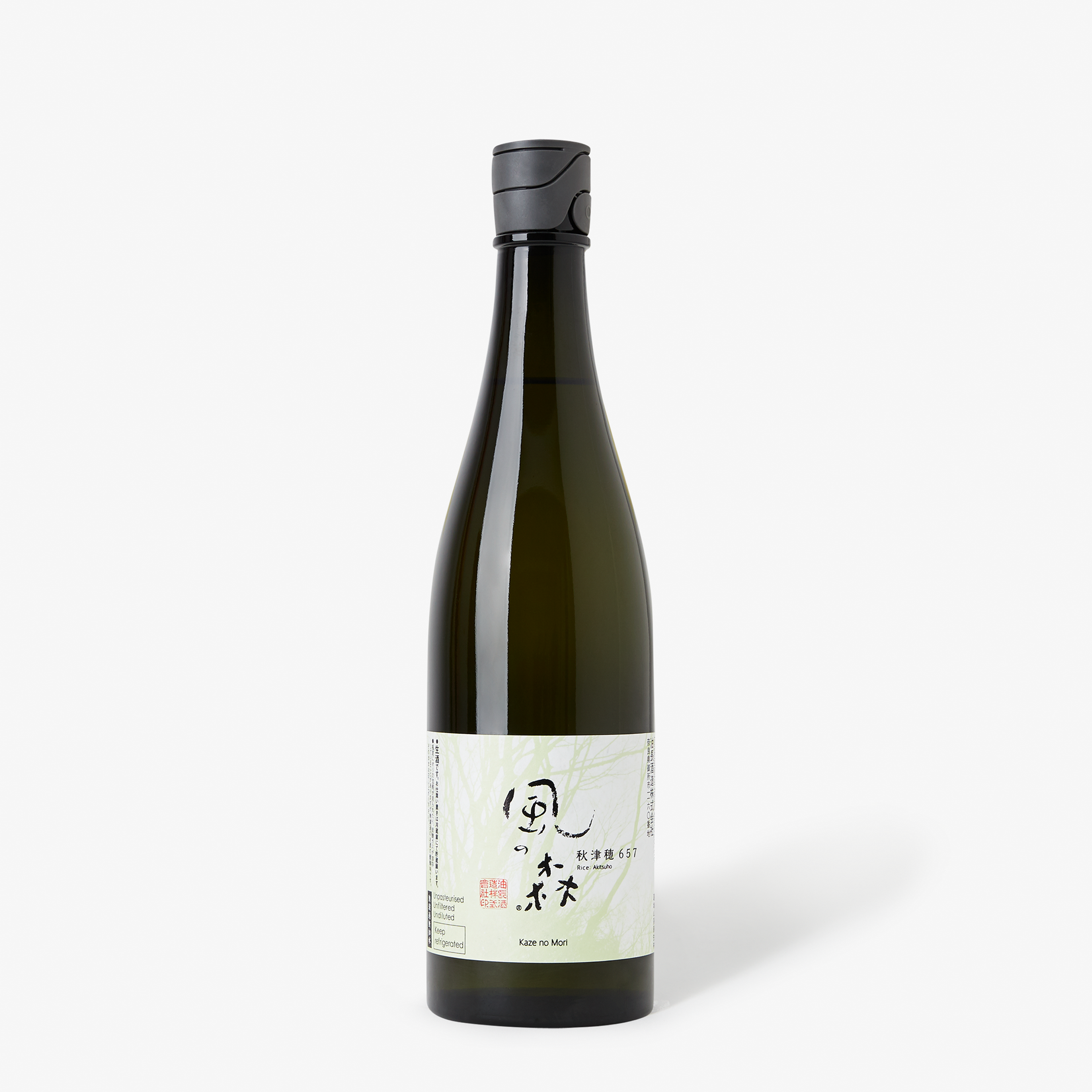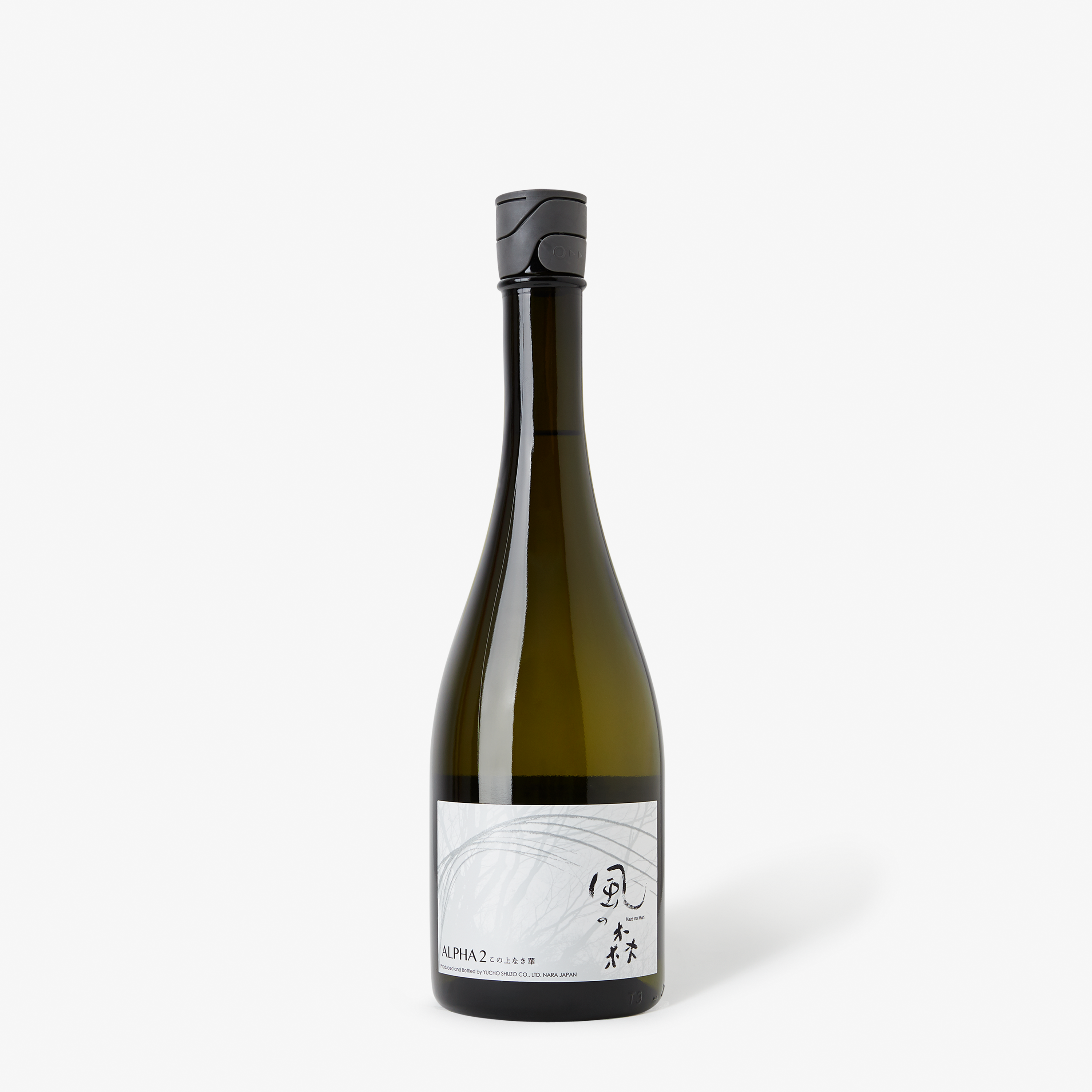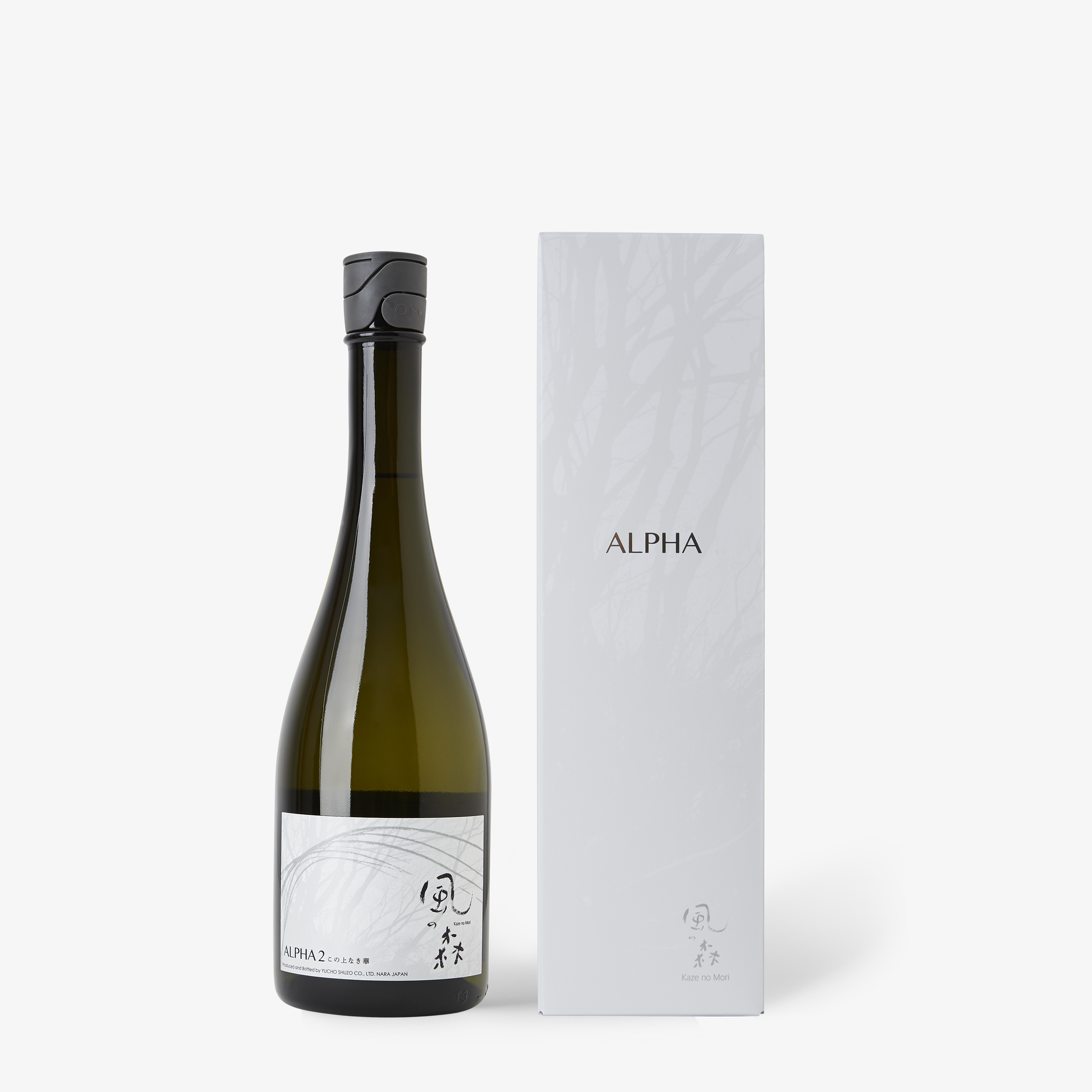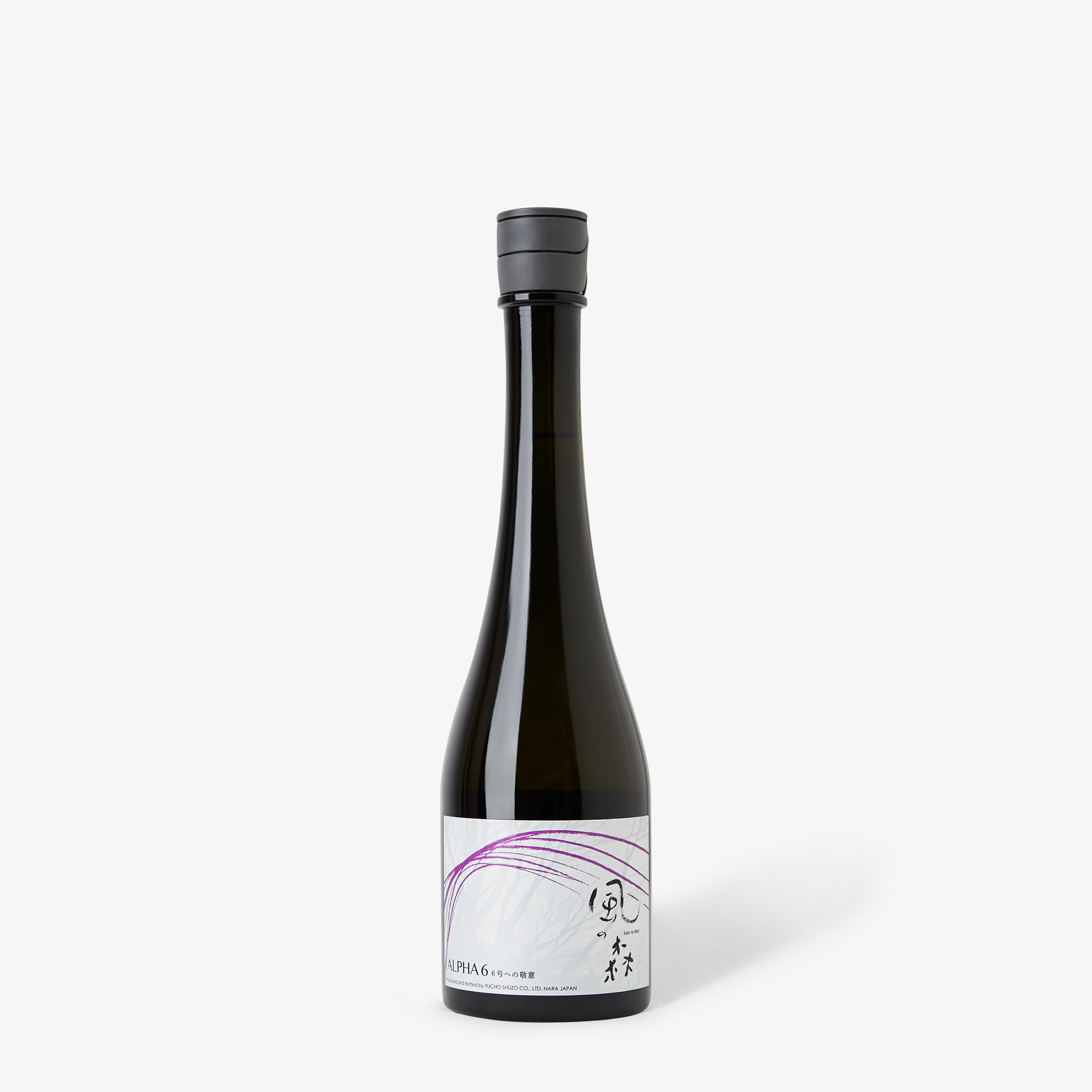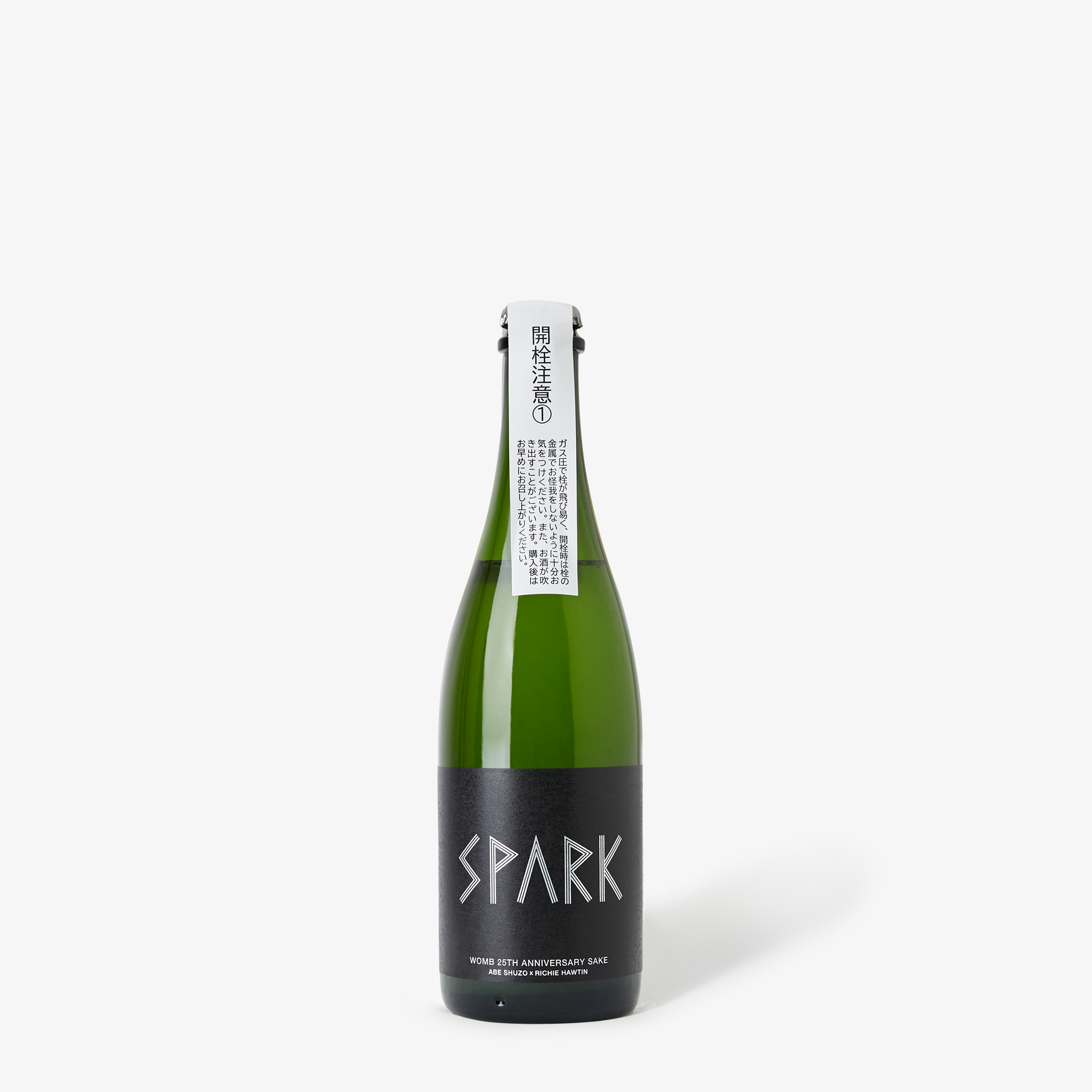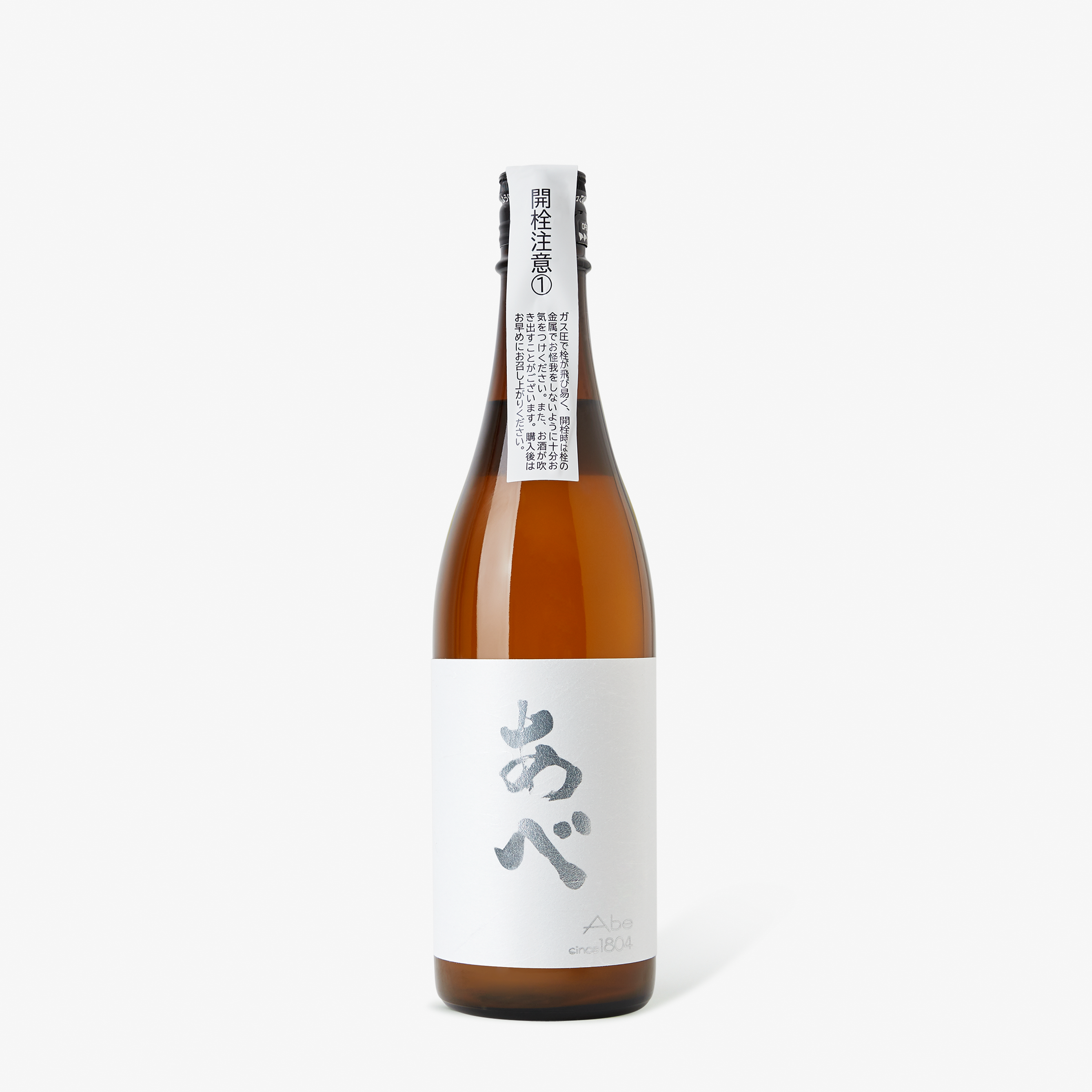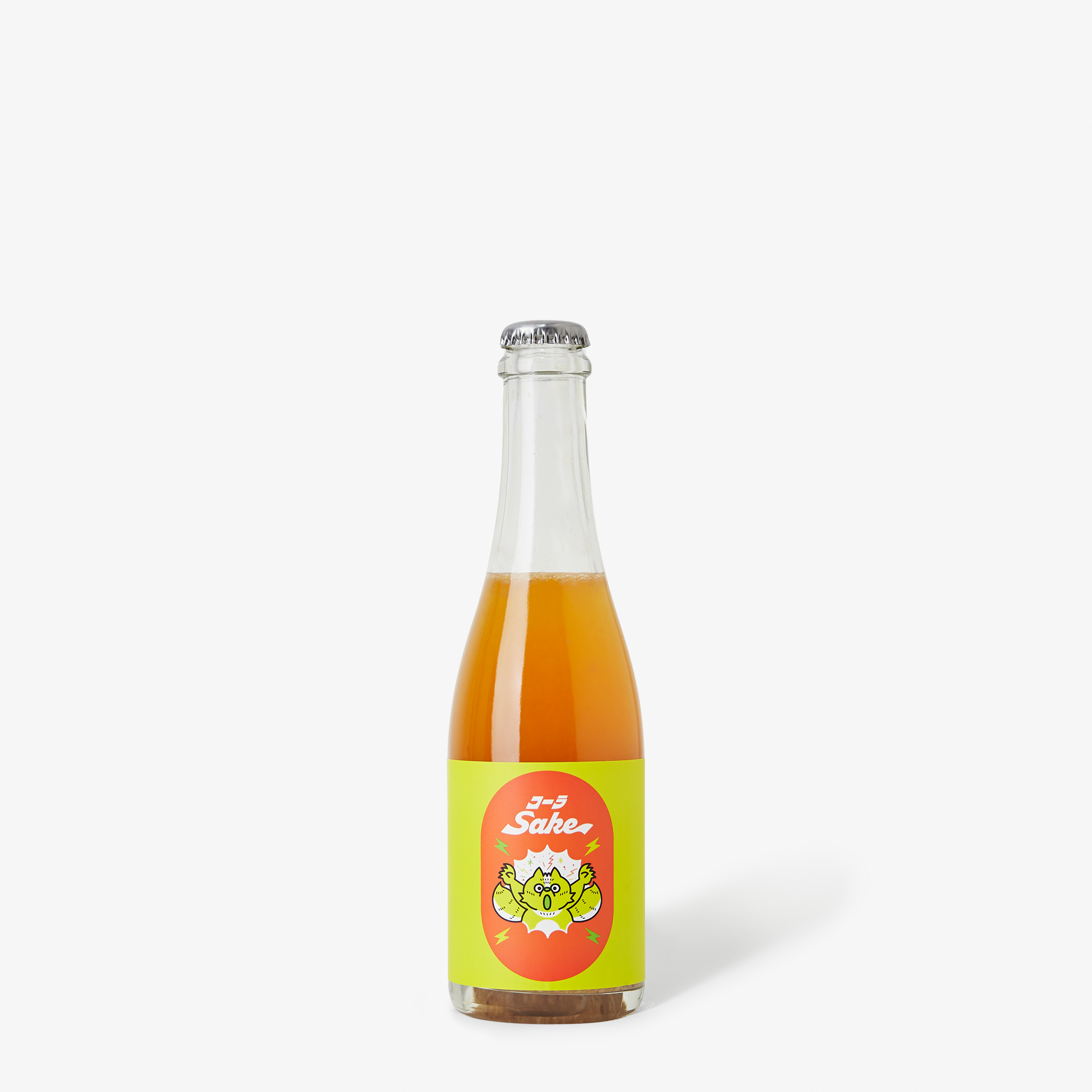Imada Shuzō, established in 1868, is a distinguished sake brewery located in Akitsu, Hiroshima Prefecture, along the serene shores of the Seto Inland Sea. This area has a rich history as a sake brewing center, notably influenced by Miura Senzaburo, a local legend who pioneered the soft water brewing method in 1898. His innovative techniques transformed the challenges of brewing with soft water into an advantage, leading to the creation of delicate ginjo sake through low-temperature fermentation. Miura's contributions also fostered the development of the Hiroshima Toji, a guild of master brewers renowned for their expertise.
Today, Imada Shuzō is under the leadership of Miho Imada, one of the few female tōji (master brewers) in Japan. After returning to Akitsu in 1994 to join the family business, Miho has been instrumental in reviving traditional practices and introducing innovative brewing techniques. One of her significant achievements includes the revival of Hattansō, an ancient and pure rice strain native to Hiroshima that had been out of use for over a century. This endeavor involved years of meticulous cultivation and experimentation to understand and harness the rice's unique characteristics.
